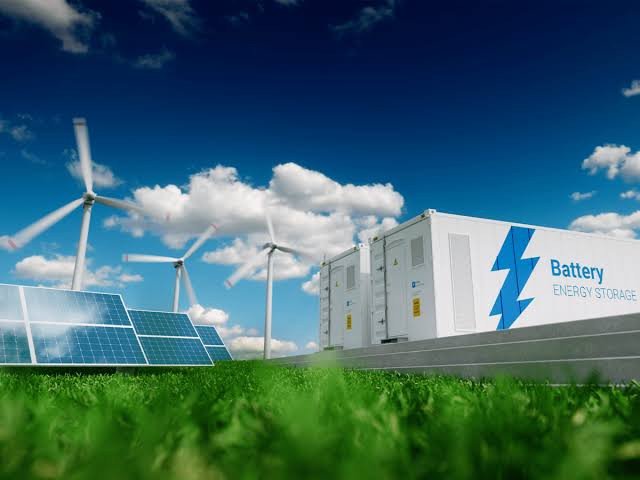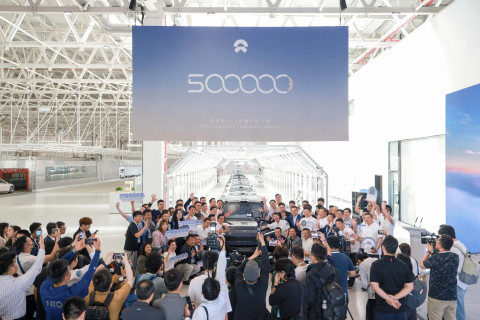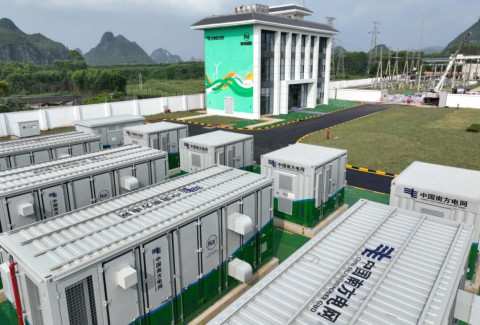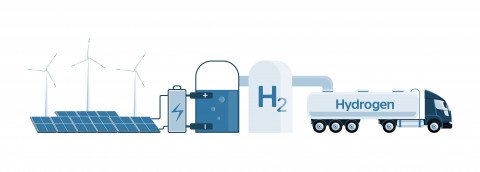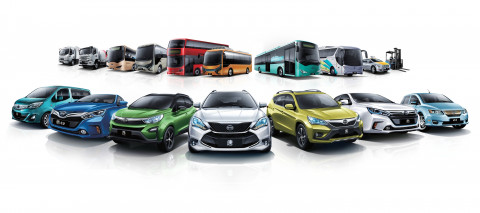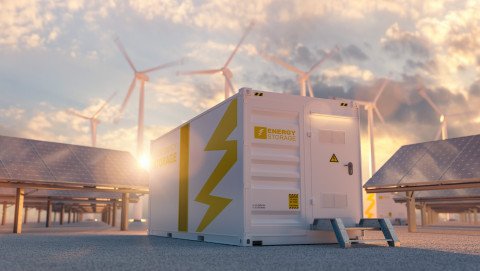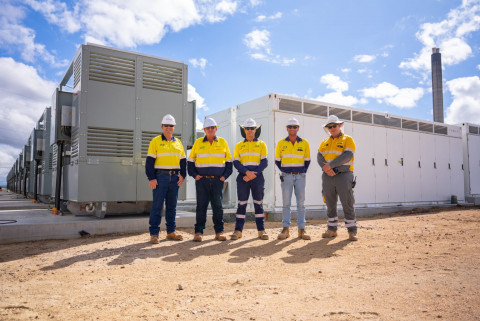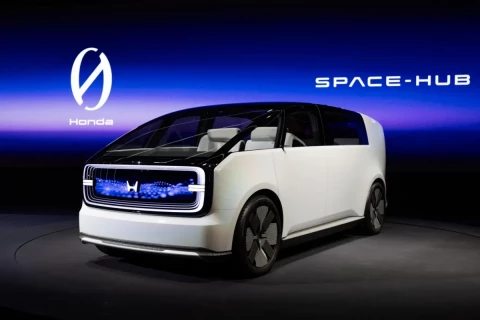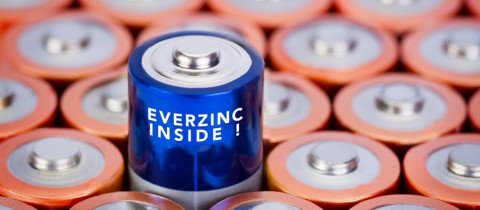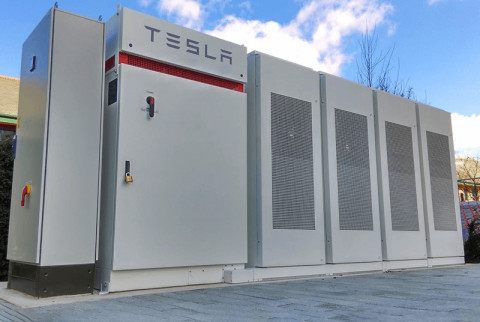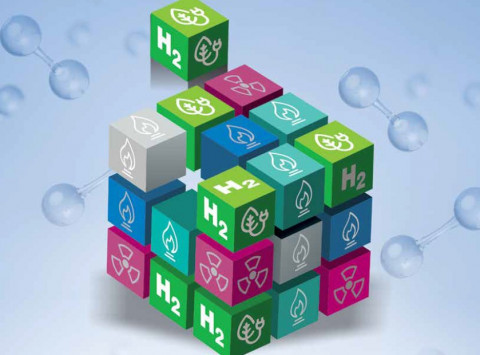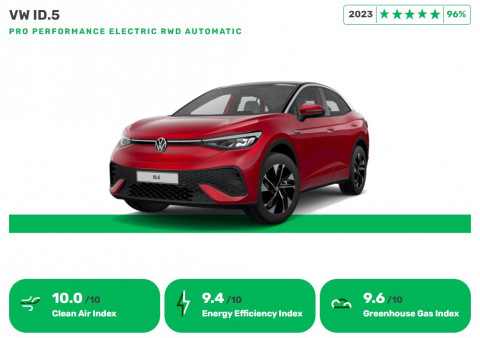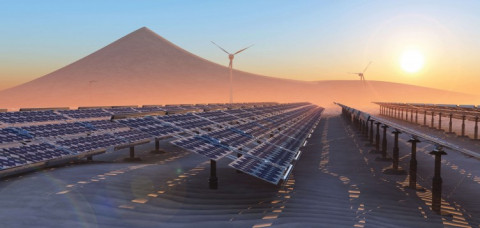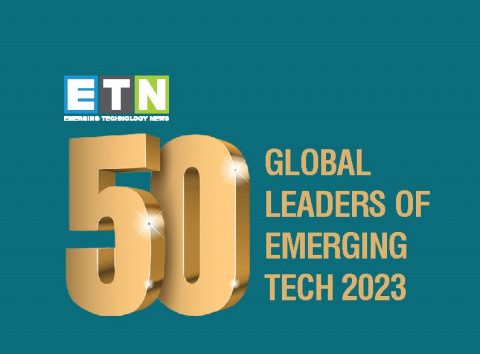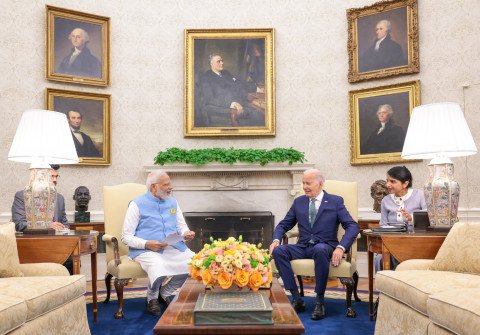Global Progress in 'Green' transition: Introduction
The COP26 conference held in November 2021 witnessed nations across the globe committing net zero carbon emission targets between 2040 to 2070. Renewable energy takes a pivotal role in these discussions to decarbonize electricity generation and electrify transportation. With the increasing penetration of renewables in the power grid networks, the need for energy shifting, ramping up and down of power, power smoothening, etc. has to be accommodated to ensure smooth operation of the grid. Thus, stationary energy storage becomes inevitable to support the grid once the renewable energy penetration increases beyond a certain percentage of total energy generation.
Globally, around 150 GW of Pumped Hydro Storage (PHS) was installed as in 2021. This has been supporting the grid as a flexible source of power for peak load management, ramping up and down of power and so on. PHS takes up >96 percent of installed capacity of total stationary storage systems (globally). Other storage technologies include thermal energy storage, battery energy storage, compressed air storage etc. Presently battery energy storage takes up 1-2 percent of the total stationary storage capacity. The challenges involved with PHS such as seasonal variations, long project execution period etc are paving way to adoption of newer technologies such as battery storage systems.
In 2021, around 35+GWh of grid-scale stationary energy storage was installed globally, it is expected to hit 55 GWh by 2022 and up to 250 GWh in 2030. This excludes pumped hydro storage projects and is expected to be installed with advanced energy storage technologies such as lithium -ion, flow batteries, etc. However, an additional 54-60 GW of pumped storage is planned for completion between 2022-2030.
* This story is part of an exclusive ETN series tracing latest developments in green energy sectors across different global regions. For other articles in the series, use the following thread '2022 Global Progress in 'Green' transition.


